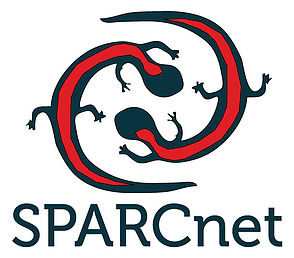Leaf litter and soil invertebrates
Author(s): Tanya Matlaga1, Emily Mausteller2
1. Susquehanna University 2. Marshall University
1722 total view(s), 1522 download(s)
Example datasheet.xlsx(XLSX | 21 KB)
Image resource.pptx(PPTX | 1 MB)
Instructor notes for Invertebrate lab.docx(DOCX | 37 KB)
Invertebrate Guide.pdf(PDF | 1 MB)
Leaf litter and soil invertebrate lab.docx(DOCX | 151 KB)
LifeInTheLeafLitter.pdf(PDF | 2 MB)
Websites for identifying invertebrates.docx(DOCX | 14 KB)
- License terms
Description
This lab was designed to be utilized within the context of the Salamander Population Adaptation and Research Collaboration Network (SPARCnet) to better understand how food sources of the red-backed salamander change with a simulated impact of climate warming, reduced snowpack, in the northeastern United States. Our goal was to determine whether leaf litter and soil invertebrate diversity differs between control and treatment (snow removal) SPARCnet plots. We collected leaf litter and soil samples from each plot and extracted invertebrates using Berlese funnels. We quantified the invertebrates and identified them to class level, allowing us to compare measures of abundance and diversity between control and treatment plots. This lab can be used as is, if appropriate to your plot design, or modified to fit the goals of other SPARCnet locations or undergraduate lab classes. Suggestions are provided in the teacher notes.
Cite this work
Researchers should cite this work as follows:
- Matlaga, T., Mausteller, E. (2018). Leaf litter and soil invertebrates. SPARCnet: Educational Resources, QUBES Educational Resources. doi:10.25334/Q4VB29
